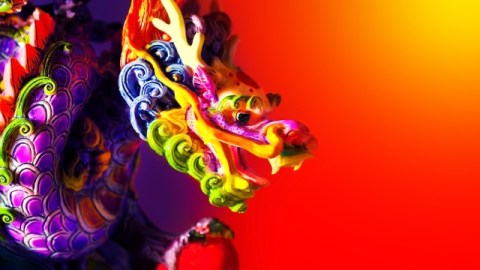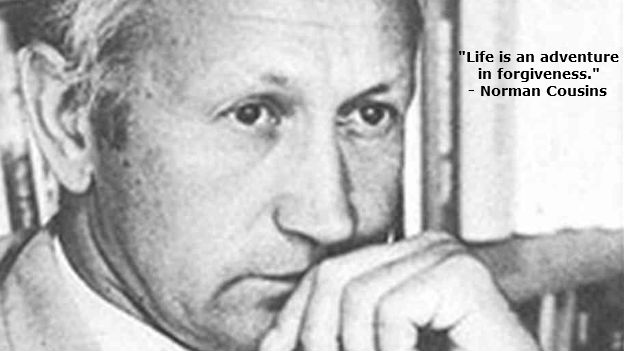Idiosyncreatures – How Many More Of China’s Critters Can The English Language Swallow?

Into the Bestiary Business
Should Chinese creatures be incorporated into Anglo-Saxon parlance, and if so, where to draw the line in number and color? This goes beyond linguistic pedantry and serves as nucleus for life-and-death questions about global language and –if not properly addressed- a potential source of academic conflict (e. g. How about next censoring YOUR beloved critters out of world history? Leprechauns, pixies -anyone? )
RELATED Language and Empire – Why We Shun Asian Words, For Now
It’s a simple but profoundly complex issue: How much pluralism and foreign knowledge should we permit to exist? China has greatly enriched the world of fairy tales and legends with fantastic concepts such as mogwai (you remember the film ‘Gremlins’?), but also less known characters such as the ao, the bixie, the longma, the pixiu, the fenghuang, and the qilin –to name but a few.
Idiosyncreatures
Translation often doesn’t do foreign ideas justice. How boring and unimaginative when a bixie becomes a chimera; an ao a turtle; a pixiu a winged lion; a fenghuang a phoenix, and a qilin just another unicorn? while in fact they are often very different, not only apparently but also historically. Imagine a world without Brother Grimm’s Fairy Tales (its richness of Germanic vocabularies and terms). That’s right, Chinese folkloric idiosyncreatures are as fascinating, and its family tree no less gorgeous and impressive, than European beasts of fur and claws.
RELATED The Resurrection of Non-Western Civilizations
Two years ago, the China Daily newspaper approached your author for an essay on the Chinese ‘long’ on the occasion of celebrating the Lunar Year of the Dragon. I knew the Chinese ‘lung’ (as it was spelled in Germany) from my childhood days, when Germany was very open to East-Asian words thanks to the cultural pull of Japan.
No translation, please!
It was fashionable to call things by their real, authentic names, not making up German translations. This attitude, however, has changed dramatically later in high school (where only unpolluted, clear German diction became permissible) and, generally, in the last two decades of our so-called cultural up-tightness concerning the global Westernization, especially in the English speaking world which was traditionally –at least in the upper crust of society- kept snobbishly clean and coherently complete away from too many Chinese words. [This is about to change.]
Here is the punchy dragon piece with the appropriate title:
LONG INTO THE WEST’S DRAGON BUSINESS
Had Siegfried of Beowulf not slain a European dragon but a Chinese long, those heroes would have committed an extraordinary crime. That’s because the Chinese long is essentially a force of the good.
The long of China has a history (and etymology) of several thousand years and there are, according to linguist Michael Carr, more than 100 classical ones. Linguistically, it’s a tragedy that many Chinese people, I mean the well-educated, English-speaking ones, are so readily prepared to call the long “dragons” –that’s like voluntarily abandoning one’s culture.
RELATED Knowledge Is A Polyglot: The Future of Global Language
It is predicted that China will overtake the mighty United States in terms of the economy in a decade. Yet an ordinary Westerner has never heard about Lu Xun, doesn’t know who Sun Wukong (the Monkey King) is, cannot tell a shengren from a junzi, has no inkling of Xi You Ji (The Journey to the West) or Hong Lou Meng (The Dream of Red Mansion), or any idea about the correct name for that mysterious creature that’s lavishly showcased throughout the international media these days: the Chinese long.
A long is a long, maybe even a tianlong, but please, please do not use “dragon”. That kind of linguistic imperialism happened to your unique Sichuan xiongmao once, remember? Now it’s a Western “panda”.
CONTINUE READING AT CHINA DAILY
Image credit: Anna Omelchenko/Shutterstock.com
Thorsten Pattberg (D.Litt.) is the author of The East-West Dichotomy (China’s Foreign Language Press, 2013) and the forthcoming Knowledge is a Polyglot – The Future of Global Language (Hanban/Foreign Language Press, 2014). He can be reached at [email protected].





